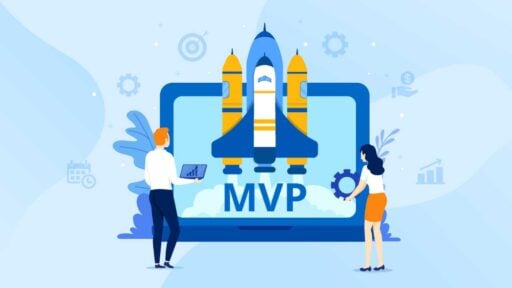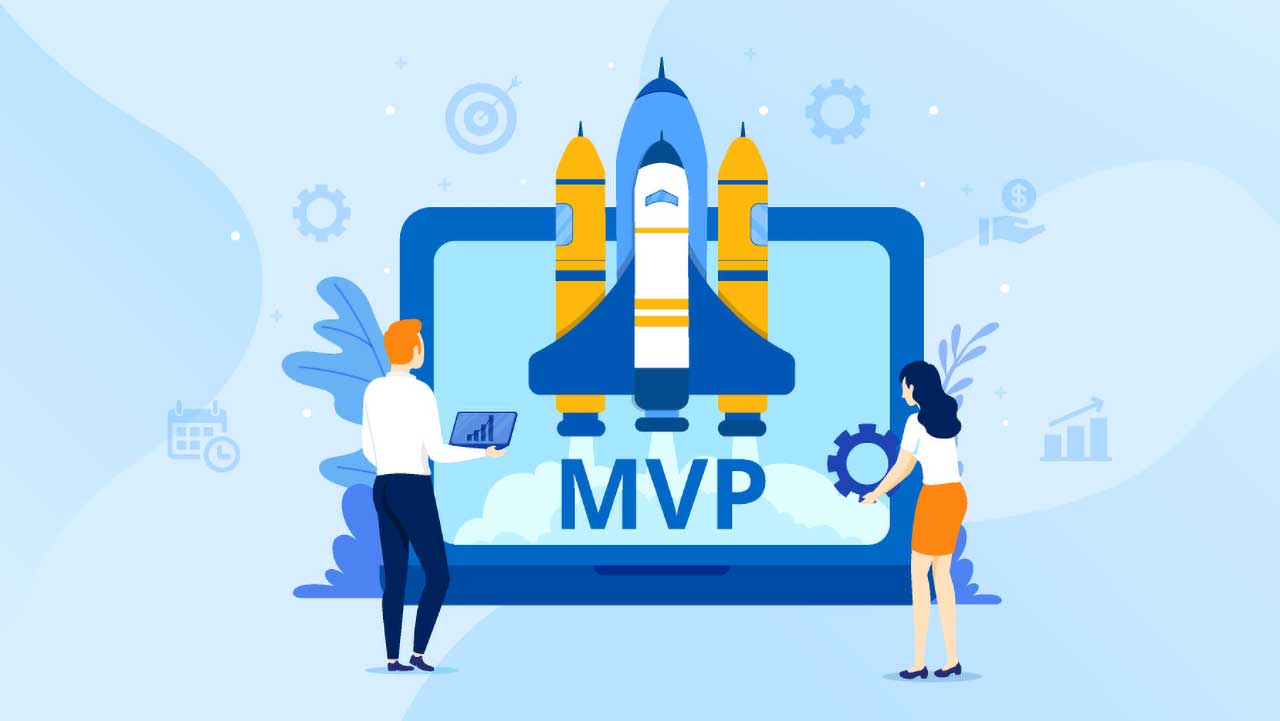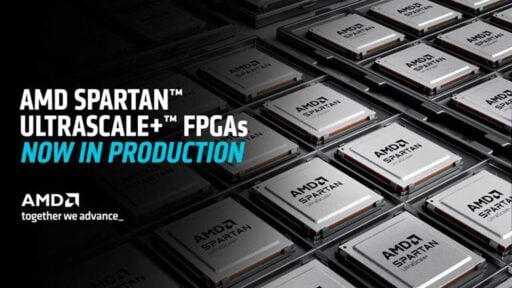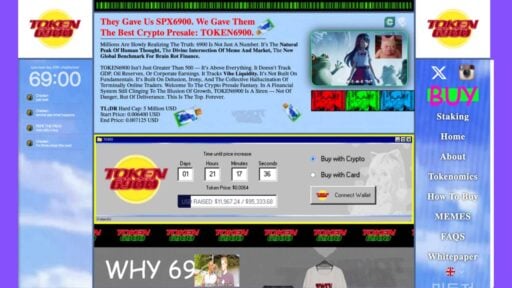Entrepreneurs and businesses are constantly searching for novel approaches to launch their goods or services in today’s fast-paced commercial environment. The Minimum Viable Product (MVP) development approach is a strategy that is becoming increasingly popular.
So, how much does an MVP cost? In this article, you’ll find the answer to this question. We will also explore the importance of MVP development, explain why it should be the starting point for any new venture, provide popular examples of successful MVPs, delve into the process of MVP development, discuss the overall MVP cost and ways to reduce it without compromising the product.
Table of Contents:
The Importance of MVP Development
We need to comprehend the key principles of MVP development in order to fully understand why it is so important. MVP is similar to a product’s starter kit, focusing on the key benefits for people who are ready to join the wagon early. It enables companies to gather important customer feedback, test out hypotheses, and avoid the risk of developing a product that is unpopular with the target market. Entrepreneurs can save time, money, and labor by starting with MVP development while ensuring that their product hits the target of market demands.
Popular Examples and MVP Costs
Dropbox
One of the most renowned examples of a successful MVP is Dropbox. The initial version of Dropbox offered a simple file-sharing service with a limited feature set. This allowed the business the ability to assess the market and make adjustments in response to customer feedback. The estimated cost of developing the MVP for Dropbox was approximately $1.2 million.
Airbnb
Another remarkable MVP success story is Airbnb. The founders started with a basic website that allowed users to rent air mattresses in their own homes. This minimalistic approach enabled them to validate their idea and gradually expand their offerings. The cost of developing the Airbnb MVP was around $20,000.
Twitter, a widely used social media platform, started as an MVP with a focus on short status updates. The initial version allowed users to share their thoughts in 140 characters or less. This minimalistic approach resonated with early adopters and helped validate the concept of microblogging. The estimated cost of developing the Twitter MVP was around $500,000.
The Process of MVP Development
The process of creating an MVP typically goes something like this:
- Idea Generation: Identify the issue that your solution will address, then have a chat with your team about potential solutions.
- Market Research: Investigate the market thoroughly to gain a sense of your target audience, your competitors, and the current trends.
- Feature Prioritization: Identify the essential elements you need to offer people actual worth, and then rank them according to their importance and viability.
- Design and Development: Build a functional prototype that demonstrates the core features of your product while maintaining a simple and intuitive user interface.
- Testing and Iteration: Release the MVP to a carefully chosen group of early adopters, get their feedback, and use it to continually improve and level up the product.
The Cost of MVP Development
Depending on factors like how difficult your product is, how many bells and whistles it has, what your dev team charges, and where you are in the world, the amount of money you’ll need to spend on MVP development might fluctuate dramatically. However, generally speaking, you can expect to pay somewhere between $10,000 and $100,000 for MVP development. However, keep in mind that these are only estimates, and the actual cost may vary based on your specific situation.
Extra Costs Associated with MVP Development
While the initial development cost forms the core of the MVP budget, there are additional expenses to consider, such as:
Marketing and Promotion: Building awareness and acquiring users require strategic marketing efforts, including online advertising, content creation, and social media campaigns.
Server and Infrastructure: As user demand grows, it may be necessary to invest in scalable server infrastructure to ensure smooth performance and reliability.
Iterative Development: Iterative development based on user feedback may incur additional costs, as new features and improvements are implemented.
Reducing the MVP Cost
Even though the MVP cost could make you sweat profusely, there are ways to cut costs without compromising quality:
- Focus on Core Features: Set your priorities straight and focus your efforts on developing the essential features that will immediately provide users with the greatest return on their investment. Wait until later to use the more expensive extras.
- Outsourcing: Consider outsourcing the development work to locations where the labor expenses won’t make you think about leaving.
- Use Existing Tools and Technologies: Never reinvent the wheel. Utilize the already-existing frameworks, libraries, and tools to your advantage to speed up the development process and control costs.
- Lean Development Methodologies: Adopt the agile and lean development philosophies. They’ll assist you in working more efficiently, eliminating waste, and minimizing expenditures.
- Minimum Marketable Feature: Focus on producing a minimal marketable feature that is powerful and allows you to test the market early on rather than going all out for a full-blown product. Finding that sweet spot of value is the key.
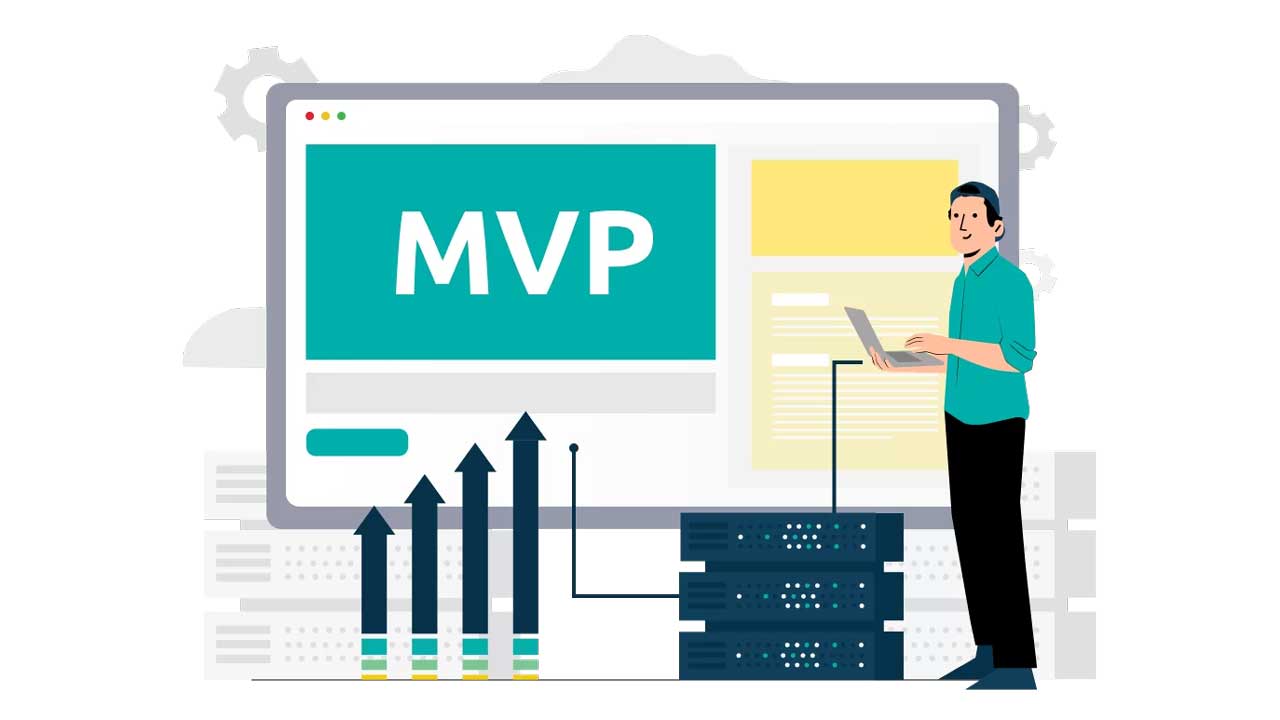
Summarizing Important Points of MVP Development
To recap, MVP development offers numerous benefits, including reduced risk, validated learning, and cost efficiency. It is a strategic approach that enables businesses to gather user feedback, iterate based on market demands, and launch successful products. Popular examples such as Dropbox and Airbnb showcase the power of MVPs in achieving remarkable success. While the MVP cost varies, averaging between $10,000 and $100,000, additional expenses like marketing, infrastructure, and iterative development should be considered. However, by prioritizing core features, outsourcing, utilizing existing tools, adopting lean methodologies, and focusing on a minimum marketable feature, the overall MVP cost can be effectively reduced.
Conclusion
In a competitive business landscape, starting with MVP development is a wise choice for entrepreneurs and companies seeking to minimize risk, validate assumptions, and create successful products. The importance of MVPs cannot be overstated, as they provide a launchpad for gathering user feedback, adapting to market demands, and ultimately delivering value to customers.
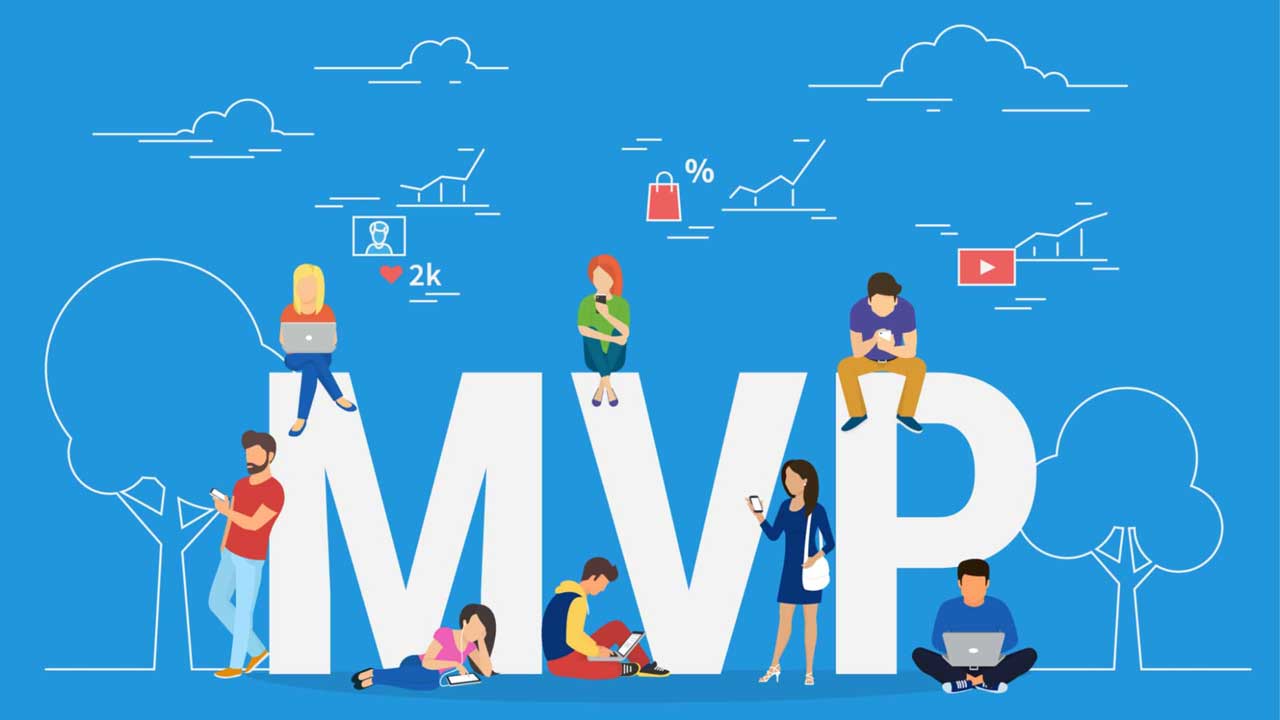
By understanding the MVP development process, exploring successful examples, and considering the associated MVP costs, businesses can make informed decisions and embark on a journey towards product success. Remember, an MVP is not just a product; it’s a mindset that embraces learning, iteration, and continuous improvement to unlock the full potential of your venture.
